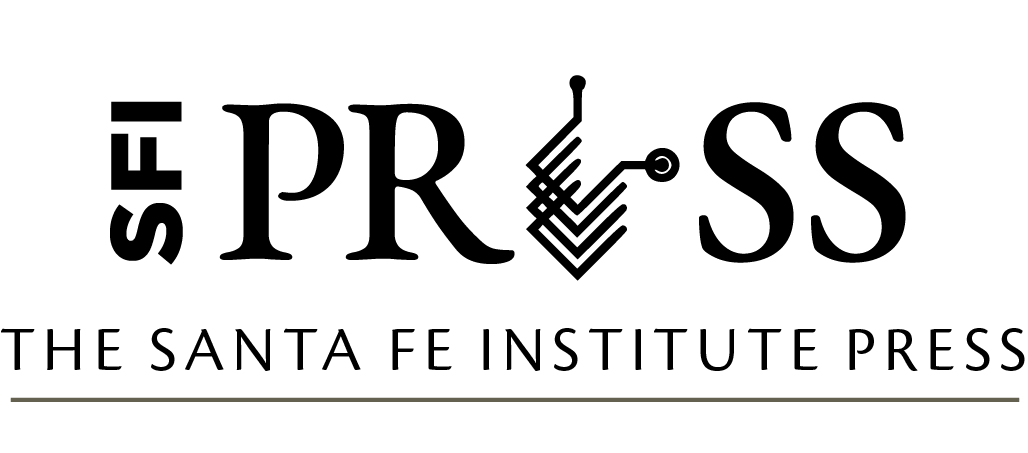Using Text Analytics To Predict Litigation Outcomes
Law as Data pp. 275–311
DOI: 10.37911/9781947864085.10
10. Using Text Analytics to Predict Litigation Outcomes
Authors: Charlotte S. Alexander, Georgia State University; Khalifeh al Jadda, Georgia State University; Mohammad Javad Feizollahi, Georgia State University; and Anne M. Tucker, Georgia State University
Excerpt
This chapter describes the goals, methodologies, and preliminary results of an ongoing litigation outcomes– prediction project conducted by the Legal Analytics Lab at Georgia State University. Drawing on the lab’s experience with the project as a case study, the chapter offers guidance for researchers engaged in or contemplating research in a similar vein: predicting trial court outcomes in a particular doctrinal area.
As background, the lab was established in 2017 as a site for collaboration between the university’s data science and analytics faculty housed within the business school and the faculty at the law school. The lab grew out of the business school’s data analytics unit, which is home to computer scientists, engineers, and statisticians, and whose faculty have developed particular expertise in the use and analysis of unstructured data, including text, imagery, and audio. Over time the business school’s data science faculty began working with domain experts in other fields, and these ad hoc collaborations developed into four subject matter–specific research labs: the Legal Analytics Lab, the FinTech Lab, the Social Media Intelligence Lab, and the Operations Analytics Lab. The design and goal of each lab is similar—to leverage the business faculty’s data science expertise across other departments and schools of the university and to explore the application of analytics-based techniques across a wide variety of use cases and contexts. Faculty affiliated with the four labs have also developed interdisciplinary coursework, experiential learning opportunities, and degree and certificate programs to involve students in their work.
Faculty collaborators in the Legal Analytics Lab pursue a variety of grant-funded research projects at the intersection of data science and law. In addition, teams of faculty, graduate analytics students, and law students conduct what are known as “sprints”: semester-long, short-term projects commissioned by outside sponsors (law firms or companies) that focus on discrete real-world, law-related data problems. The project described here began as a sprint conducted during the spring 2018 semester on behalf of a plaintiffs’ side employment law firm in Atlanta, and has continued as a stand-alone research project within the lab.
Bibliography
Alexander, C. S., Z. J. Eigen, and C. G. Rich. 2016. “Post-Racial Hydraulics: The Hidden Dangers of the Universal Turn.” New York University Law Review 91 (1): 1–58.
Alexander, C. S., and M. J. Feizollahi. 2019 (forthcoming). “Dragons, Claws, Teeth, and Caves: Legal Analytics and the Problem of Court Data Access.” In Computational Legal Studies: The Promise and Challenge of Data-Driven Legal Research, edited by R. Whalen. Cheltenham, UK: Edward Elgar.
Ashley, K. D. 2017. Artificial Intelligence and Legal Analytics. Cambridge, UK: Cambridge University Press.
Boyd, C. L., and D. A. Hoffman. 2017. “The Use and Reliability of Federal Nature of Suit Codes.” Michigan State Law Review 2017 (5): 997–1032.
Breiman, L. 2001. “Statistical Modeling: The Two Cultures.” Statistical Science 16 (3): 199–215.
Chen, Y., R. M. Rabbani, A. Gupta, and M. J. Zaki. 2018. “Comparative Text Analytics via Topic Modeling in Banking.” Piscataway, NJ: IEEE.
Clermont, K. M., and S. J. Schwab. 2009. “Employment Discrimination Plaintiffs in Federal Court: From Bad to Worse?” Harvard Law & Policy Review 3 (1): 103–132.
Eisenberg, T., and C. Lanvers. 2008. “Summary Judgment Rates Over Time, Across Case Categories, and Across Districts: An Empirical Study of Three Large Federal Districts.” Cornell Law School Working Paper No. 08-22, Cornell Law School, Ithaca, NY. https://scholarship.law.cornell.edu/lsrp_papers/108/.
Gilmore, G. 1951. “Book Review: The Bramble Bush.” Yale Law Journal 60 (7): 1251–1253.
Goodfellow, I., Y. Bengio, and A. Courville. 2016. Deep Learning. Cambridge, MA: MIT Press.
Kim, P. T., M. Schlanger, C. L. Boyd, and A. D. Martin. 2009. “How Should We Study District Judge Decision-Making?” Washington University Journal of Law & Policy 29:83–112.
Llewellyn, K. 1951. The Bramble Bush. New York, NY: Oceana Publications.
Manning, C. D., P. Raghavan, and H. Schütze. 2008. Introduction to Information Retrieval. Cambridge, UK: Cambridge University Press.
Mikolov, T., I. Sutskever, K. Chen, G. S. Corrado, and J. Dean. 2013. “Distributed Representations of Words and Phrases and their Compositionality.” In Advances in Neural Information Processing Systems 26, 3111–3119. Red Hook, NY: Curran Associates.
Nielsen, L. B., R. L. Nelson, and R. Lancaster. 2010. “Individual Justice or Collective Legal Mobilization? Employment Discrimination Litigation in the Post Civil Rights United States.” Journal of Empirical Legal Studies 7 (2): 175–201.
Noble, S. U. 2018. Algorithms of Oppression: How Search Engines Reinforce Racism. New York, NY: NYU Press.
Schultze, S. J. 2018. “The Price of Ignorance: The Constitutional Cost of Fees for Access to Electronic Public Court Records.” Georgetown Law Journal 106 (4): 1197–1227.
Turney, P. D., and P. Pantel. 2010. “From Frequency to Meaning: Vector Space Models of Semantics.” Journal of Artificial Intelligence Research 37 (1): 141–188.
